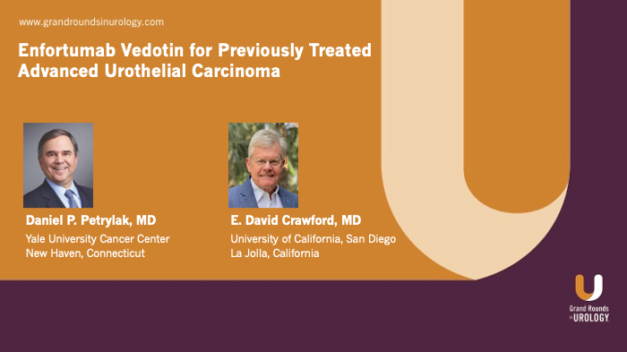Updates on PSMA Imaging and PSMA CAR T Therapy
Daniel P. Petrylak, MD, Director of Genitourinary Oncology, Professor of Medicine and Urology, Co-Leader of Cancer Signaling Networks, and Co-Director of the Signal Transduction Program at Yale University Cancer Center in New Haven, Connecticut, discusses CAR T therapy for prostate cancer and the ways in which its efficacy is impacted by tumor type and stem memory T cells (TSCM). He begins by reviewing the VISION Trial of LuPSMA which found a 40% reduction in the risk of death and 4-month improvement in median overall survival (OS) versus standard of care (SOC) alone. He also looks at the FDA approval of PYLARIFY in May 2021, the first commercially available PSMA PET imaging agent for prostate cancer. Dr. Petrylak then poses the question of how to combine immunotherapy with PSMA. He suggests that the answer may exist in CAR T therapy despite its historically poor results in solid tumors, and discusses the different types of CAR T cells along a spectrum of less differentiated, self-renewing, and long-lived cells to more differentiated, less stem-like cells. Dr. Petrylak states that TSCM, which exist on the less differentiated side of the spectrum, are key to CAR T therapy’s success in solid tumors based on evidence from a study using a TSCM-based approach that found 100% tumor elimination in animals at standard and low doses after 2 weeks. He reviews early information on a Phase I trial of TSCM based CAR T therapy on mCRPC patients which appears to have positive early results. Dr. Petrylak concludes that PSMA is proving to be an excellent target for imaging and therapy in mCRPC and CAR T therapy may be able to enhance treatment as well.
Read More
